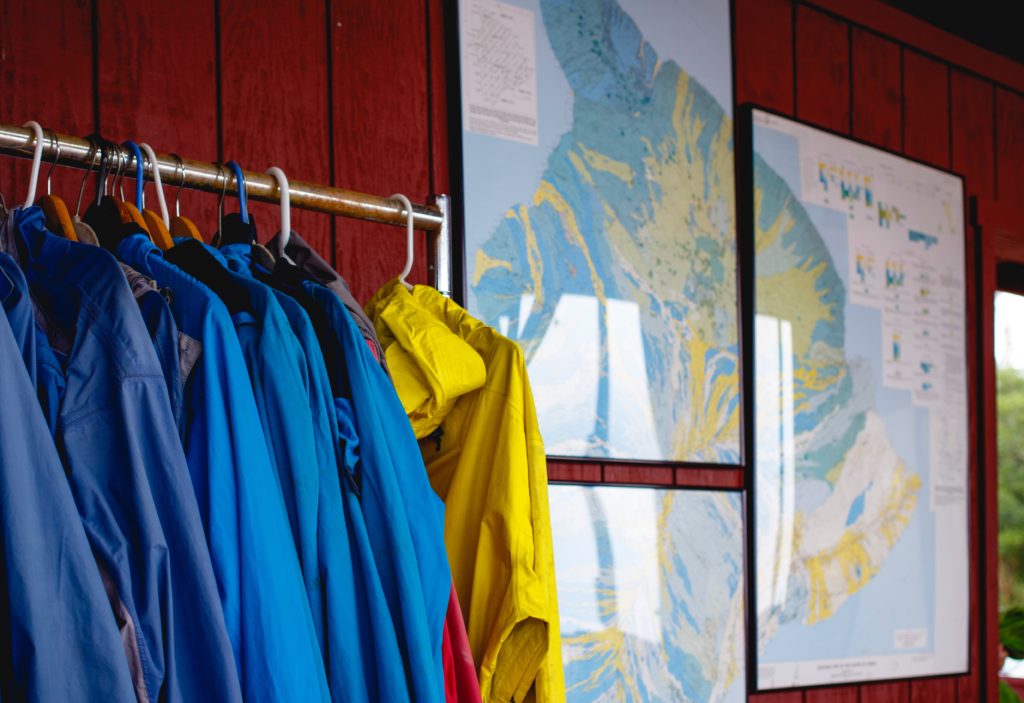When venturing into the great outdoors, whether you’re an avid hiker, camper, or just love exploring nature, the right gear can make all the difference. One crucial aspect to consider when selecting outdoor gear is its ability to withstand water – a factor that can significantly impact your comfort and safety. In the world of outdoor gear, two commonly used terms are “waterproof” and “water-resistant.” However, understanding the distinction between these terms is crucial for making informed choices. In this article, we’ll delve into the differences between waterproof and water-resistant materials, their applications, and how to choose the right gear for your outdoor adventures.
Water-Resistant:
Water-resistant materials are designed to repel water to some extent but do not provide complete protection against prolonged exposure or heavy rainfall. Manufacturers achieve water resistance by treating fabrics with a durable water repellent (DWR) coating. This coating causes water to bead up and roll off the surface rather than being absorbed. Water-resistant gear is suitable for light rain, drizzles, or brief exposure to moisture. Common examples of water-resistant gear include windbreakers, some hiking boots, and backpacks.
Waterproof:
On the other hand, waterproof gear is constructed to prevent water penetration entirely, offering a high level of protection against heavy rain, snow, or immersion. Waterproof materials are typically made by tightly weaving or laminating fabrics, creating a barrier that water molecules cannot easily pass through. Additionally, seams and zippers in waterproof gear are often sealed to prevent water entry. Waterproof gear is essential when facing challenging weather conditions, such as downpours, river crossings, or snowstorms. Examples of waterproof gear include rain jackets, dry bags, and some types of footwear designed for extreme conditions.
Considerations for Outdoor Enthusiasts:
Activity Type:
- For casual outings or activities where brief exposure to water is expected, water-resistant gear may be sufficient.
- Waterproof gear is crucial for activities involving prolonged exposure to heavy rain, water crossings, or winter conditions.
Breathability:
- Waterproof gear may sacrifice breathability to some extent, causing moisture buildup from sweat.
- Water-resistant gear often provides better breathability, making it suitable for activities with high physical exertion.
Durability:
- Water-resistant coatings may wear off over time, requiring reapplication.
- Waterproof gear tends to be more durable, especially in harsh conditions, but may still require proper care to maintain performance.
Weight and Packability:
- Water-resistant gear is generally lighter and more packable.
- Waterproof gear may be bulkier and heavier due to additional layers and features.
Conclusion:
In the eternal battle of waterproof vs. water-resistant, the choice ultimately depends on your specific needs and the nature of your outdoor activities. Understanding the distinctions between these terms empowers outdoor enthusiasts to make informed decisions when investing in gear. Whether you opt for the breathability of water-resistant materials or the impenetrable protection of waterproof gear, ensuring your equipment aligns with your adventure goals is key to a successful and enjoyable outdoor experience. So, next time you gear up for an expedition, consider the weather conditions and terrain, and choose accordingly to stay dry and comfortable in the wild.

